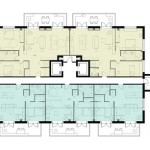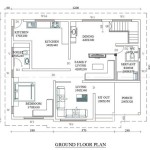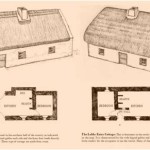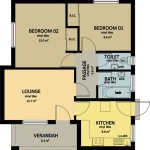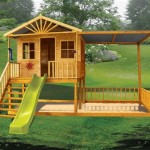Essential Aspects of Small Underground House Plans
Underground houses, also known as earth-sheltered homes, have gained popularity in recent years due to their unique advantages and energy efficiency. Small underground house plans offer a compact and cozy living space while embracing the benefits of subterranean architecture.
Here are some essential aspects to consider when exploring small underground house plans:
Light and Ventilation
One of the primary concerns with underground houses is the lack of natural light. However, careful planning and the incorporation of strategic openings can mitigate this issue. Skylights, large windows facing above-ground courtyards, and light tubes can introduce ample daylight into the living space. Additionally, efficient mechanical ventilation systems ensure proper air circulation and prevent moisture accumulation.
Structural Integrity
Underground houses must withstand significant soil loads and potential water pressure. The structural design should incorporate reinforced concrete or other sturdy materials to ensure the stability of the home. Waterproofing and drainage systems are crucial to prevent moisture penetration and structural damage.
Thermal Performance
Earth-sheltered homes benefit from the insulating properties of the surrounding soil, which helps regulate indoor temperatures and reduce energy consumption. Proper insulation in walls, ceilings, and floors further enhances the thermal efficiency of the home.
Construction Considerations
Building an underground house requires specialized construction techniques and experienced contractors. Excavation, waterproofing, and soil stabilization are key steps that need careful execution. It's essential to consult with architects and engineers who have expertise in underground construction.
Space Planning
Small underground house plans require thoughtful space planning to maximize efficiency and livability. Open floor plans with multiple levels can create a spacious feel. Incorporating multi-functional spaces, such as a loft bedroom or a combined kitchen-living area, can optimize the use of available space.
Cost
The cost of building an underground house can vary depending on the size, complexity, and location of the project. While excavation and waterproofing can be expensive, the energy savings and long-term durability of underground homes can offset the initial investment over time.
Environmental Benefits
Small underground house plans promote sustainable living practices. They minimize the impact on the natural environment by reducing excavation, preserving natural vegetation, and requiring less energy for heating and cooling. The insulating properties of the surrounding soil also contribute to a smaller carbon footprint.
Conclusion
Small underground house plans offer a unique and energy-efficient approach to sustainable living. By carefully considering light, ventilation, structural integrity, thermal performance, construction considerations, space planning, cost, and environmental benefits, you can create a cozy and comfortable subterranean home that embraces the advantages of earth-sheltered architecture.

Lovely Underground Home Plans 4 House Homes Earth Sheltered

23 Unique And Functional Underground Houses That Will Amaze You Homes House Plans Shelter

Underground Micro Homes Part 2 Tiny House Blog

Scottish Architect Underground House Plans Homes Home Design

How To Build An Underground Home The Tiny Life

How To Build An Underground Home The Tiny Life

Rockspring Hill Berm Home Underground House Plans Mediterranean Style

Spiral 2 House Plan

Earth Sheltered Home Plans House Floor And Design

A Tiny Underground House Plans Natural Building Blog

